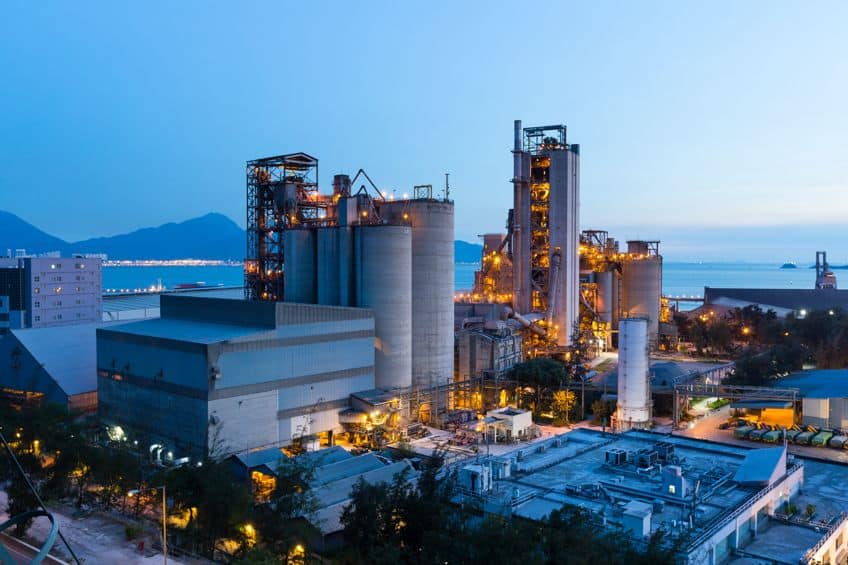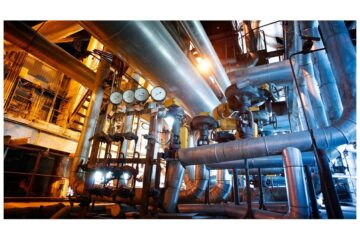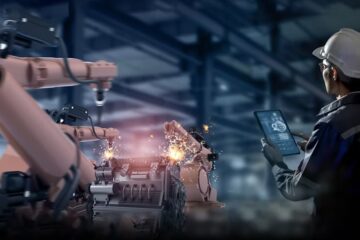Forging Progress: The Ever-Adapting Face of Modern Industry

Introduction: The Silent Force That Shapes Nations
When we think of progress, we often envision sleek skyscrapers, bustling cities, and cutting-edge gadgets that make life more convenient. Beneath all these visible markers of advancement lies one enduring driver—industry. It is industry that powers the pulse of modern civilization, weaving together raw resources, human ingenuity, and technological mastery into a tapestry of growth and transformation. From the soot-covered foundries of the Industrial Revolution to today’s gleaming smart factories, industry has been the quiet architect behind prosperity and progress.
Understanding Industry: Beyond Factories and Chimneys
At its simplest, industry is an organized economic activity that transforms raw materials into valuable goods and services. However, in practice, it is far more layered and nuanced. Industry encompasses not just manufacturing plants and assembly lines, but also the knowledge-based sectors that support, refine, and expand production.
Primary Types of Industry:
-
Primary Industry: Extraction of raw materials—mining, agriculture, forestry, and fishing.
-
Secondary Industry: Processing and manufacturing—transforming raw materials into finished or semi-finished goods.
-
Tertiary Industry: Services that support the delivery and distribution of manufactured products—logistics, sales, and retail.
-
Quaternary Industry: Knowledge-based services—research and development, technological innovation, and design.
Together, these segments create an ecosystem where ideas become inventions, inventions become products, and products reach people’s hands—fueling economies and elevating living standards worldwide.
A Brief Look Back: The Industrial Revolution and Its Legacy
To appreciate the industry of today, we must revisit the world-changing phenomenon that began in 18th-century Britain—the Industrial Revolution. The introduction of mechanized production, steam engines, and textile mills marked a dramatic shift from agrarian economies to urban industrial powerhouses. Mass production replaced artisanal craftsmanship, giving rise to cities built around factories and railways.
This era transformed not only economies but societies as well—bringing about urbanization, new classes of labor, and, eventually, social movements advocating for workers’ rights and fair wages. The legacy of that revolution lives on in the modern industrial landscape, which continues to evolve with every technological leap.
The Modern Industry: Powered by Technology and Data
Fast-forward to the 21st century, and industry is in the midst of another transformation—often dubbed Industry 4.0. Today’s factories are no longer characterized solely by smoke and steel but by sensors, software, and seamless data flows.
Defining Features of Industry 4.0:
-
Automation and Robotics: Machines handle repetitive tasks with speed and precision, freeing human workers for creative and supervisory roles.
-
Artificial Intelligence and Big Data: AI analyses vast amounts of information to optimize production processes, forecast demand, and minimize waste.
-
The Internet of Things (IoT): Smart devices and machines communicate in real-time, creating responsive, efficient systems.
-
Additive Manufacturing (3D Printing): Products can be customized and produced locally, reducing lead times and transportation costs.
-
Sustainability Integration: Eco-friendly practices and circular economy models reduce environmental impact while maintaining profitability.
Together, these advancements define a new industrial paradigm that prizes agility, sustainability, and constant innovation.
The Human Element: Workforce Transformation
While automation and AI have revolutionized factories, the role of human workers remains indispensable. Rather than replacing people entirely, modern industry elevates their roles—shifting them from manual laborers to skilled operators, engineers, and managers who oversee complex systems.
Skills in Demand Today:
-
Technical Expertise: Ability to work with advanced machinery and digital tools.
-
Analytical Skills: Using data to solve problems and drive efficiency.
-
Adaptability: Learning new technologies and workflows as industries evolve.
-
Soft Skills: Communication, teamwork, and ethical judgment.
Educational institutions and training programs play a crucial role in equipping workers with these skills, ensuring they are ready for the demands of the next industrial era.
Global Industry: Interconnected and Interdependent
Modern industry is a global affair. Raw materials mined in Africa may be refined in Asia, assembled in Europe, and sold in the Americas. Supply chains stretch across continents, linking countless businesses, communities, and livelihoods in an intricate web of interdependence.
The Benefits of a Global Industrial Network:
-
Access to diverse resources and expertise.
-
Economies of scale that lower production costs.
-
Broader markets and opportunities for growth.
However, globalization also presents challenges—supply chain disruptions, trade wars, and concerns over labor exploitation and environmental degradation. Responsible companies now recognize that sustainability and ethical sourcing are not optional add-ons but critical pillars of a resilient industrial model.









